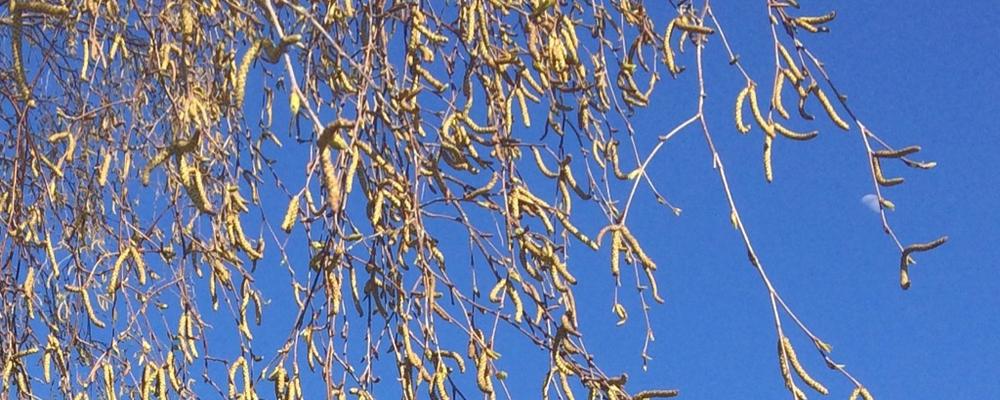The number of people infected (calculated per 100,000 inhabitants) is significantly greater 3-4 days after days with high pollen concentrations than after days with low ones .
“The results relate to how the general virus defence mechanism reacts to pollen. The reaction is not at all related to allergy. Thus all people, including those without allergies, are affected, and their reaction is caused not only by allergenic pollen, but also by other pollen,” says Åslög Dahl, a pollen researcher and one of the researchers who contributed pollen data to the epidemiological study in PNAS (Proceedings of the National Academy of Sciences).
The study covers five continents
The newly published study covers the population of 130 different regions (248 monitoring stations) in 31 countries on five continents and spans a period from the beginning of March to 8 April 2020. The authors have done a cross-sectional and longitudinal study of the entire material. In addition, the researchers analysed the different participating member countries separately, taking into account population density, meteorological factors, the presence or absence of lockdown in the society and different degrees of lockdown.
On days preceded by three to four days with high pollen concentrations (200–250 pollen grains per cubic metre of air or more), more people became infected than on days preceded by three to four days with low concentrations.
When the pollen concentration in the air increased by 100 pollen grains per cubic metre of air, the number of infections per 100,000 inhabitants increased by an average of four per cent, sometimes in combination with temperature and humidity.
“Lock-downs cut the pollen’s effect on infections in half, when equal concentrations of pollen were compared, but a significant relationship between pollen concentrations and number of infections remained,” says Dahl.
Pollen weakens resistance
Pollen does not spread the virus. However, it has previously been shown that exposure to pollen weakens resistance to certain seasonal respiratory viruses by diminishing the secretion of interferons on the surface of mucous membranes.
“These are important signalling substances in the immune system’s first line of defence against viral infections. Interferons make it harder for the virus to multiply and activate additional parts of the immune system, which can fight the virus. Pollen exudes various substances in contact with moisture, but we do not yet know exactly which substance dampens the effect of interferons.”
Allergy medications ineffective
People who belong to a risk group in particular should pay attention to the pollen warnings and take measures that are otherwise recommended for allergy sufferers at high pollen concentrations, she advises.
“But allergy medications do not alleviate the inhibition of interferons because this does not involve an allergic reaction.”
Risk groups include people with weakened immune systems due to age or illness and people with chronic lung diseases.
“One way to protect yourself against airborne pollen is to use a mask that filters out particles, such as those with an FFP2 rating, which are available at pharmacies. A regular mask does not work as well but is probably better than nothing.”
Åslög Dahl advises against airing out premises when pollen concentrations are high.
“Do not ventilate. Rinse your hair when you get home. Change clothes and wash pillowcases and other bedding often. Vacuum often. Do not hang clothes to dry outdoors. Remember that pets that spend time outside can carry pollen indoors with them on their fur.”
